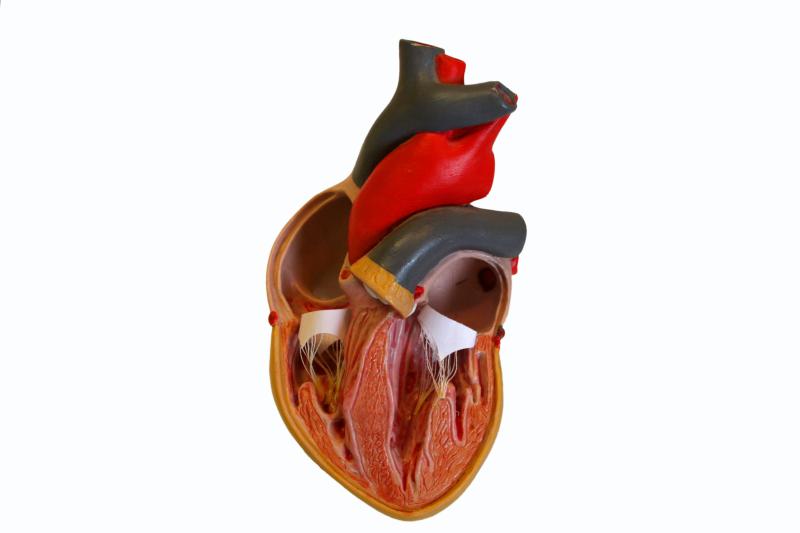
Bicuspid (BAV) and tricuspid (TAV) aortic valve patients have comparable 30-day and 1-year mortality outcomes after transcatheter aortic valve replacement (TAVR), reports a recent meta-analysis. Rates of stroke and new pacemaker implants are likewise similar.
Accessing the databases of Medline, Central, The Cochrane Controlled Trials Register, ProQuest and Google Scholar, researchers retrieved 13 observational studies, corresponding to 11,034 patients, for the comparison between TAV and BAV. Another seven studies (n=706) were included for the comparison of balloon-expandable and self-expandable bioprostheses.
The primary outcome of 30-day mortality occurred similarly between patients with BAV vs TAV after TAVR (odds ratio [OR], 1.13, 95 percent confidence interval [CI], 0.88–1.46; p=0.33). The same was true for 1-year mortality (OR, 1.02, 0.77–1.37; p=0.87).
Similarly, stroke (OR, 1.22, 95 percent CI, 0.89–1.66; p=0.21), vascular complications (OR, 1.09, 95 percent CI, 0.79–1.51; p=0.59), acute coronary artery obstruction (OR, 1.56, 95 percent CI, 0.80–3.04; p=0.20), acute kidney injury (OR, 1.32, 95 percent CI, 0.74–2.35; p=0.34) and the need for a new pacemaker implant (OR, 1.09, 95 percent CI, 0.88–1.34; p=0.44) were comparable between BAV and TAV patients.
On the other hand, BAV patients were significantly more likely than their TAV counterparts to convert to conventional surgery (OR, 2.35, 95 percent CI, 1.30–4.23; p=0.005). They were also more likely to need the implantation of a second valve (OR, 2.06, 95 percent CI, 1.31–3.25; p=0.002) and were at greater risk of moderate/severe paravulvar leakage (OR, 1.67, 95 percent CI, 1.29–2.17; p=0.0001) and device failure (OR, 1.26, 95 percent CI, 1.02–1.56; p=0.04).